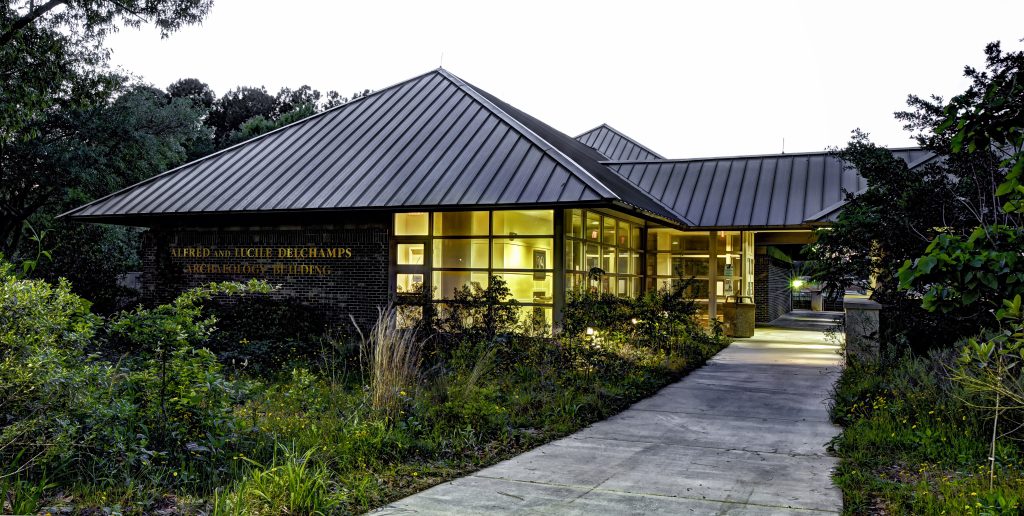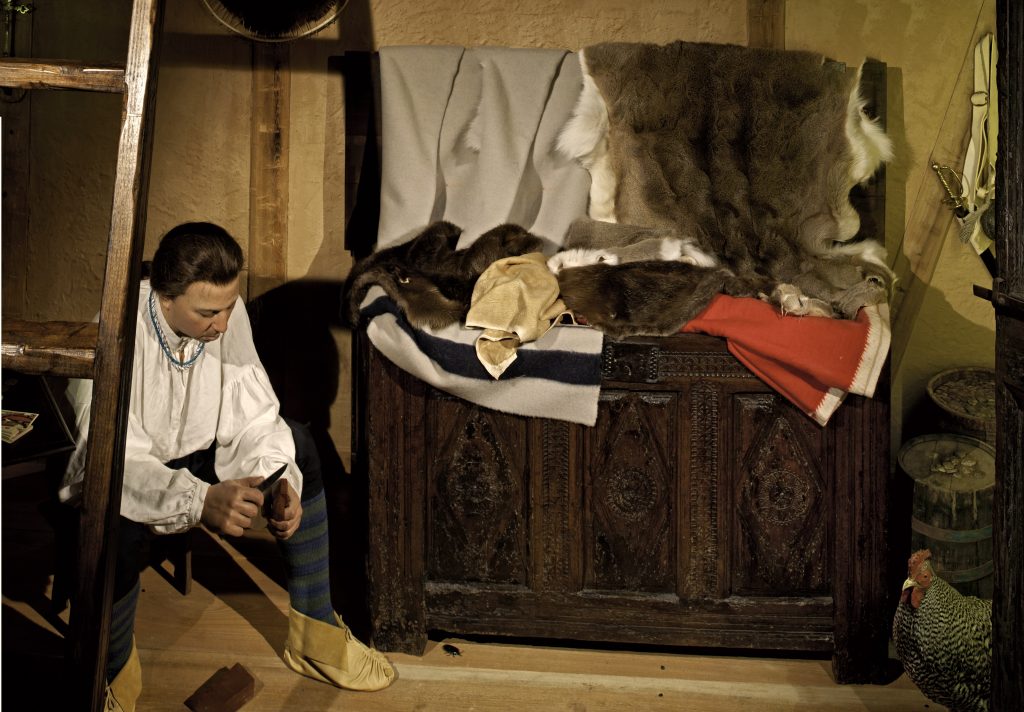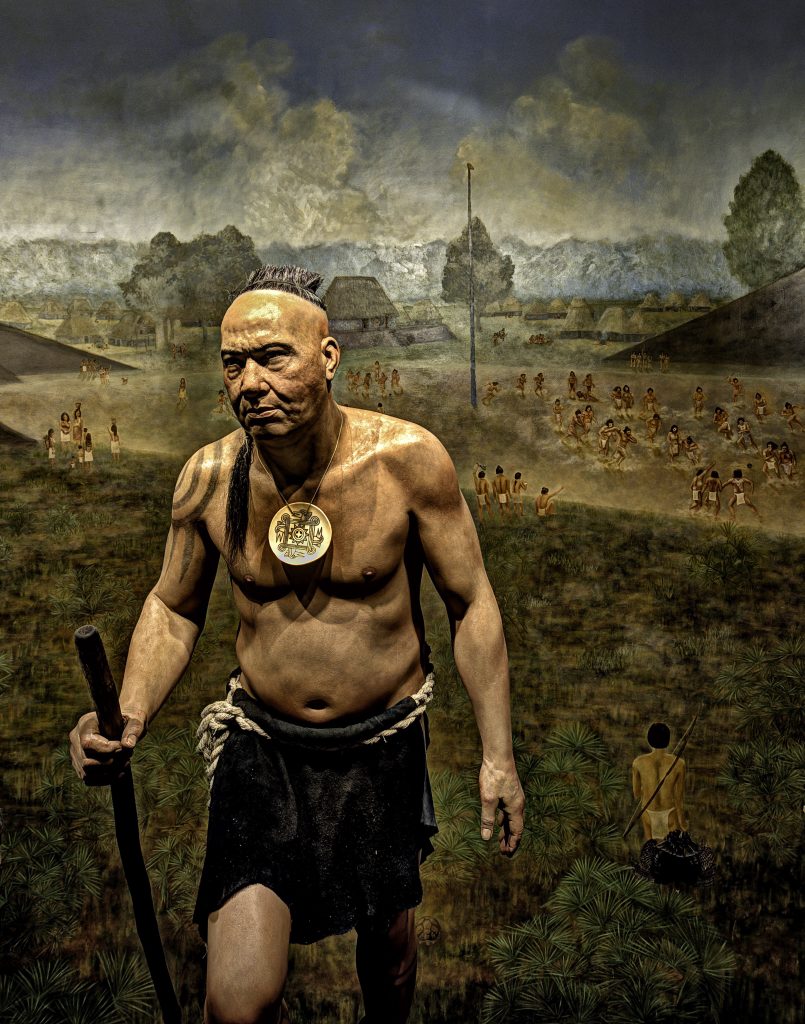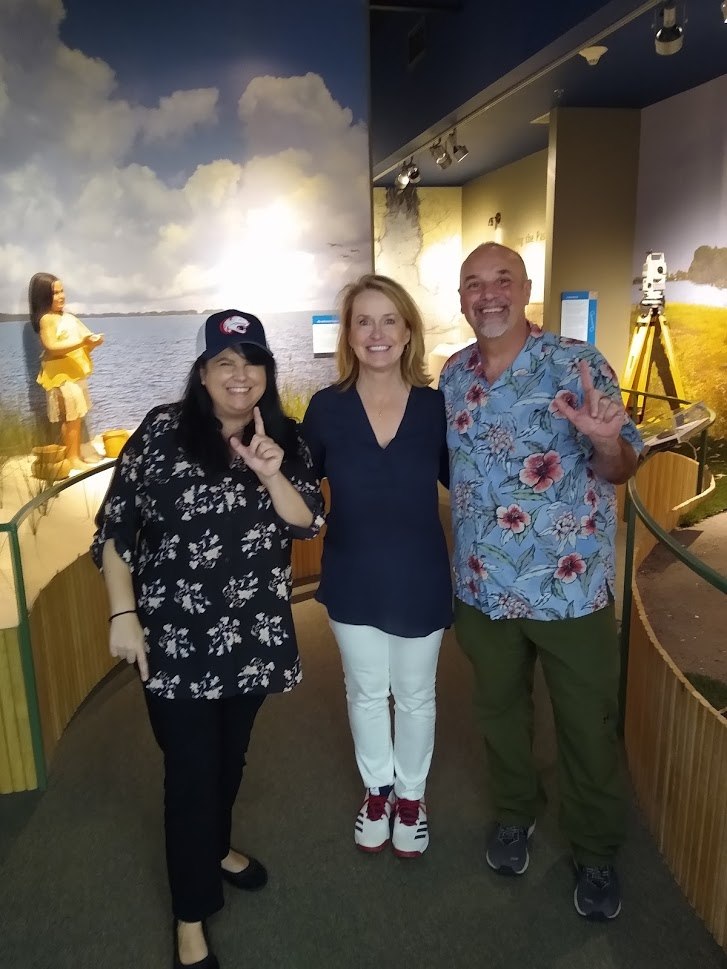March 2022, Jen Knutson
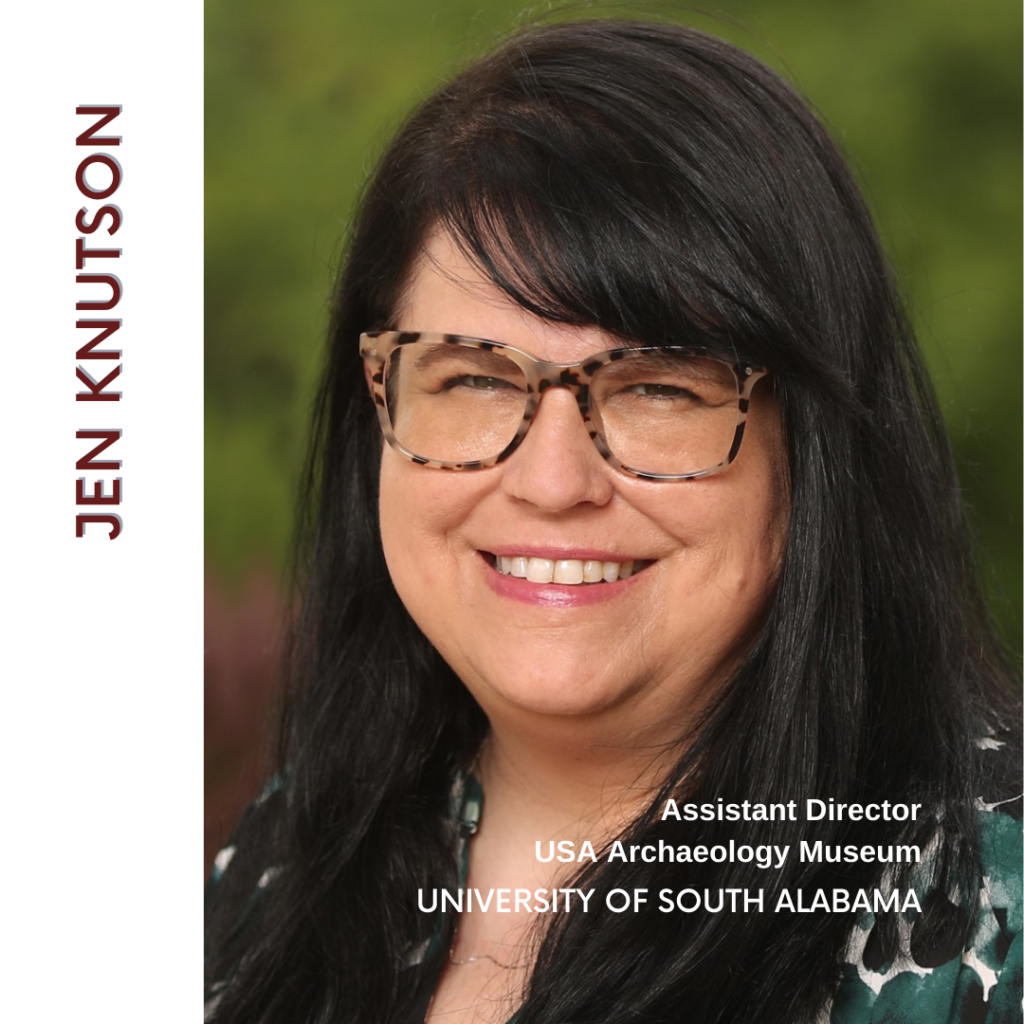
Jen Knutson, is the Assistant Director for the USA Archaeology Museum at the University of South Alabama. Thank you Jen for your membership and sharing your time with us!
What’s one thing — either industry/work-related or not — you learned in the past month?
One thing that I am constantly learning is how to balance the museum’s capacity. As a small museum with a limited staff but lots of interest in our programming, we continue to grow our audience and receive a lot of positive feedback. However, increasing the budget to hire more museum professionals to maintain quality programming at the same time is a challenge to make it sustainable.
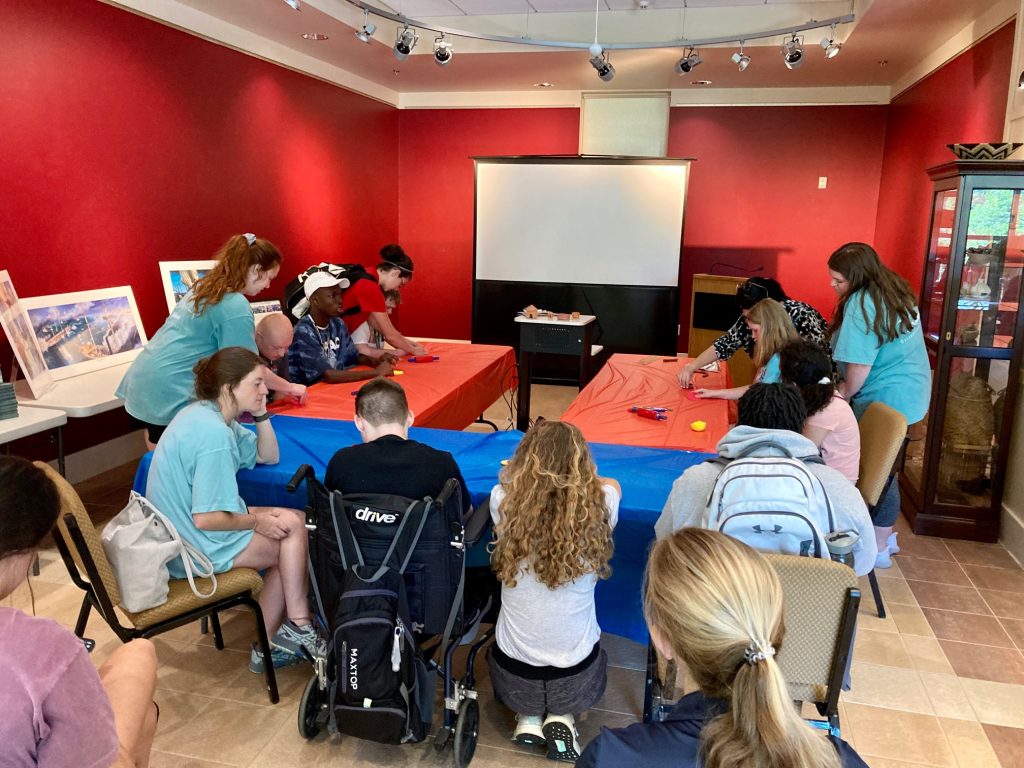
If you could trade places with anyone for a day, who would it be?
My passion is public archaeology and the USA Archaeology Museum is a venue that promotes and facilitates learning about and empathy for cultures different than one’s own. I wouldn’t trade places with anyone as I believe that this work helps to save the past to inform the present and make it available for future generations to explore.
Book/Author suggestion?
As for recommended reading, my suggestion is a book about the Clotilda, the last known ship to bring an illegal cargo of enslaved people to the United States and recently discovered in Mobile, Alabama. Our city is also home to the descendants of the people who made the ocean crossing from West Africa aboard the Clotilda. I recommend the 1927 ethnography of the then 86 year old, Mr. Cudjo Lewis, who describes his firsthand account of the voyage and his life to anthropologist, Zora Neale Hurston, in the book, “Barracoon,” only recently published and released to the public in 2018. The USA Archaeology Museum will uncover more about this story in an upcoming grant funded exhibit, “Mobile’s African American Voiced History and the Archaeological Record,” opening later this year.
What do you enjoy most about being a part of an academic museum?
Having the support of the University of South Alabama to tell the stories of over 12,000 years of prehistory and history on the Gulf Coast as we continue to link the past, present, and people helps me to focus on what I enjoy the most about being part of an academic museum, mentoring undergraduates who are pursuing museum careers.
What are your hopes for our industry?
My hope is that academic museums continue and find new initiatives to welcome diverse audiences to programs and galleries.
